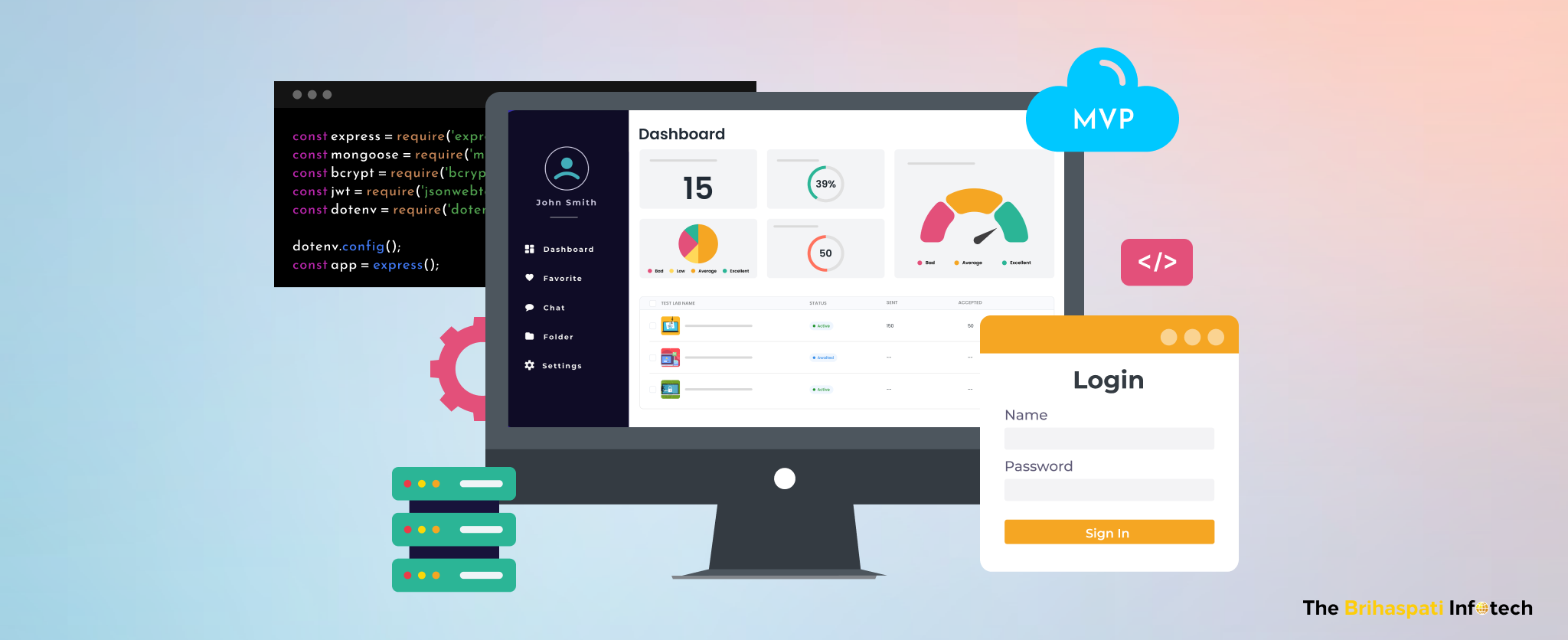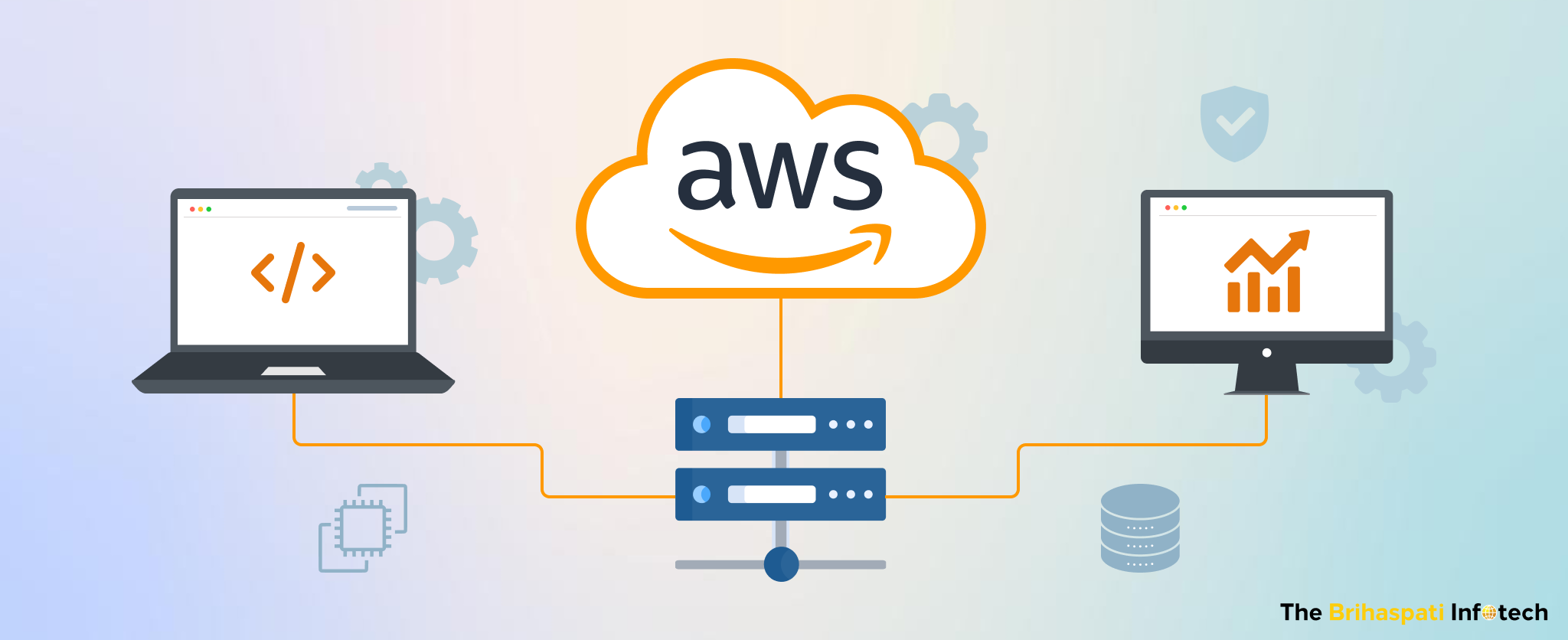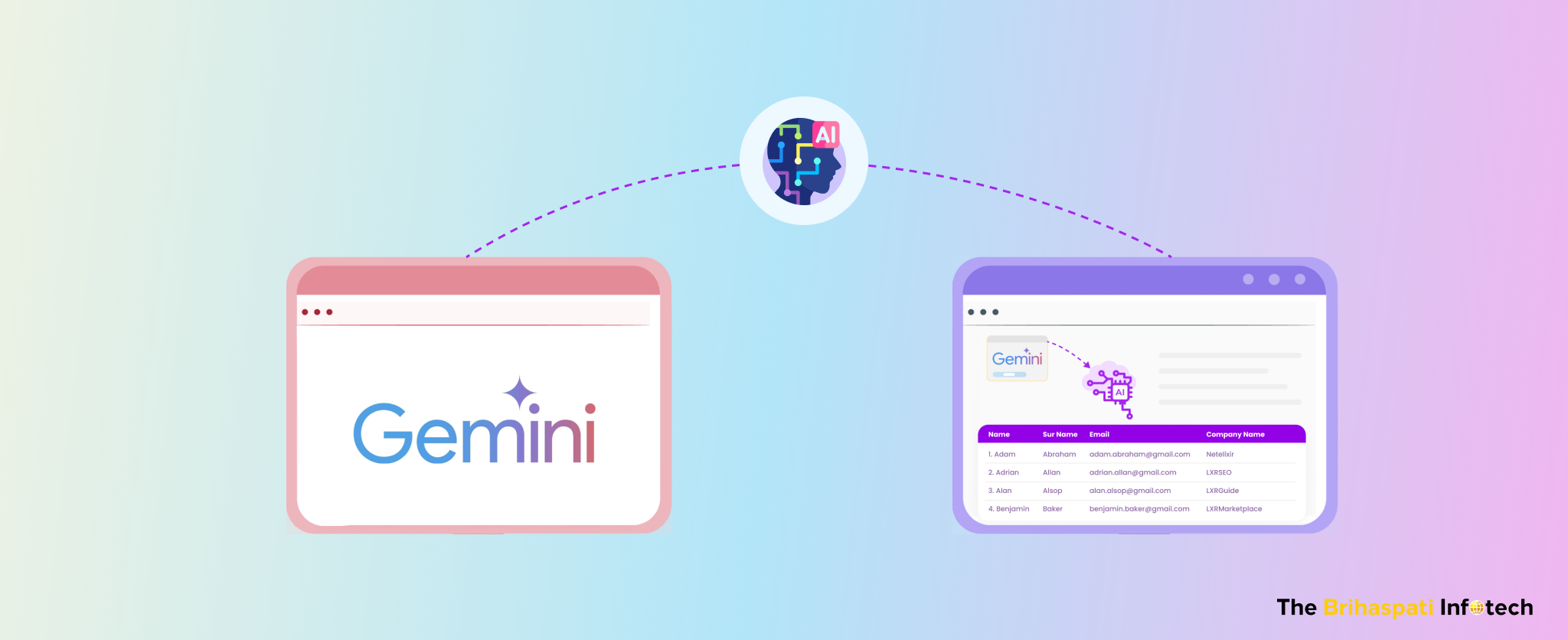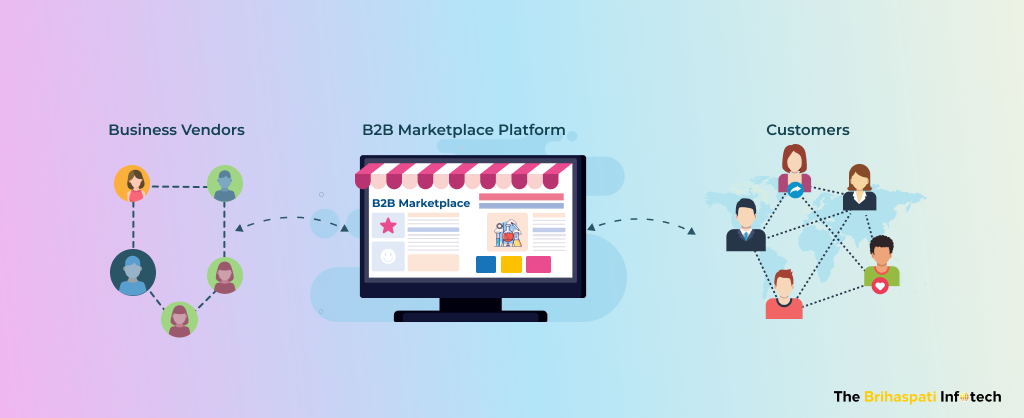
Minimum Viable Product: An Expert Guide from TBI in 2024
When a brand launches a new product, there’s always a question about how consumers will receive it. Hence, introducing a pilot version, known as a minimum viable product, with a set of basic features is a smart move to understand the profitability of the product.
Our experienced SAAS development company has put together an in-depth guide that covers everything you need to know about creating minimum viable products (MVPs).
What is a Minimum Viable Product (MVP)?
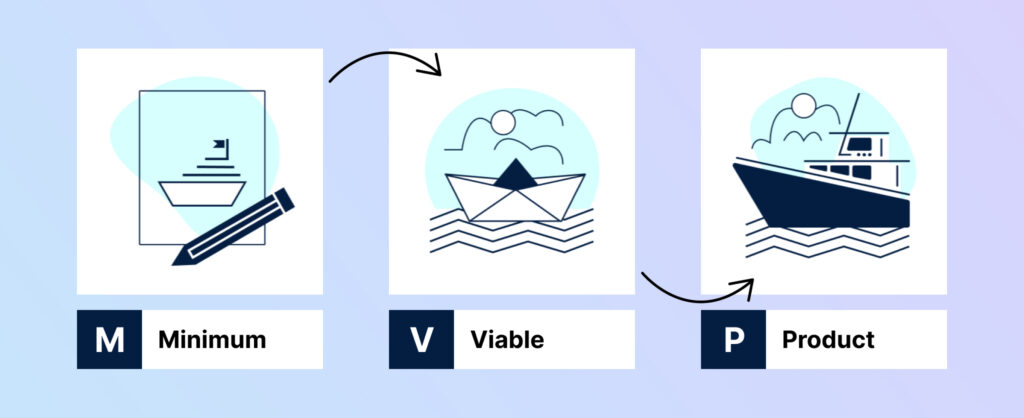
A minimum viable product is basically the stripped-down version of your software, comprising only the core functionalities necessary to resonate with your target audience. It all started in 1999 when Nick went to buy a pair of shoes but was unable to find one & came up with the idea of selling shoes online.
Nick Swinmurn tested the idea for Zappos by building a simple website and selling shoes he photographed at a local store. He then gradually created a full-fledged online store for it knowing that customers were willing to purchase shoes online. This approach is now known as MVP Development.
What is the purpose of an MVP?
Now that we understand what an MVP actually is. Let’s have a quick look at what is the purpose of a minimum viable product:
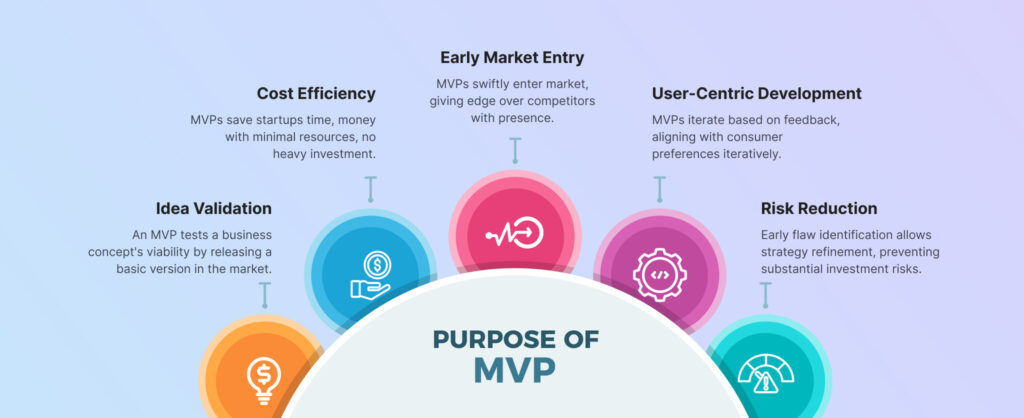
- Idea Validation: An MVP helps businesses test the viability of their concept. You can determine if the idea is worth pursuing by releasing a basic version in the market.
- Cost Efficiency: Instead of investing heavily in a fully developed product, an MVP requires minimal resources, allowing startups to save on time and money.
- Early Market Entry: An MVP allows you to enter the market quickly and establish a presence, giving you a head start over competitors.
- User-Centric Development: An MVP enables iterative development based on user feedback ensuring that the final product aligns with the consumer’s preference.
- Risk Reduction: By identifying flaws or misconceptions early on, businesses can pivot or refine their strategy before making substantial investments.
Businesses Who Can Benefit from Launching an MVP
Startups
B2B Companies
SaaS Providers
Established Enterprises
Benefits of Building an MVP (Minimum Viable Product)
Numerous well-known brands such as Airbnb, Spotify, Dropbox, and Amazon have utilized minimum viable products to their advantage. Now let’s see how a minimum viable product can benefit you.
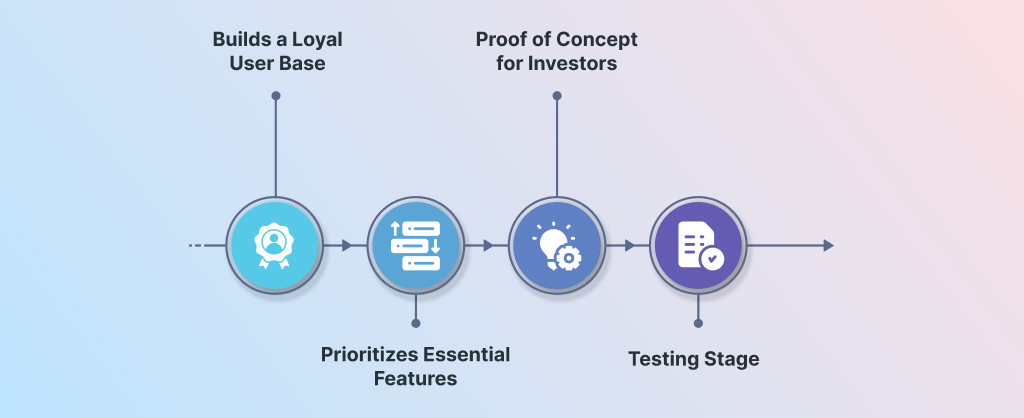
- Builds a Loyal User Base: Early adopters who resonate with your MVP often become loyal users, providing invaluable word-of-mouth marketing and insights.
- Prioritizes Essential Features: Developing an MVP encourages you to prioritize and deliver the features that matter most, resulting in a lean and focused product.
- Proof of Concept for Investors: An MVP serves as a tangible proof of concept that demonstrates the product’s potential to investors, making it easier to secure funding.
- Testing Stage: Flexibility is something that adds a huge value for startups because launching an MVP lets them fix the bugs, or add new features while testing.
How to Build an MVP: 7 Key Steps By TBI
Launching a successful product requires a well-defined roadmap. Our SAAS development agency breaks down the MVP development process into seven key steps, providing you with a practical guide to bring your vision to life.
Conduct Extensive Market Research
Before starting the MVP development process, businesses should ensure that their idea meets the needs of the target users. Conducting surveys & gathering market data can increase the chances of success. Additionally, staying informed about competitors & finding ways for the product to stand out is crucial.

A survey by CB Insights revealed that the top reason startups fail is a “lack of market need.” If a product doesn’t address a clear problem, customers won’t adopt it just to seek a solution. Therefore, it’s essential to thoroughly research the market before proceeding with MVP development.
Evaluate Audience & Draft the USP of your Minimum Viable Product
When building an MVP, focus on those who genuinely need and are eager to use your product. Analyze your target audience in depth, considering key factors like age, gender, location, occupation, spending power, device preferences, and how your MVP addresses their needs.

To meet consumer demands, your MVP should solve specific problems or significantly enhance their current experience. Identify a strong Unique Selling Point (USP) that directly solves a real problem. Focus on features that deliver genuine value and differentiate your product.
Document Your Project Vision for Minimum Viable Product
Getting the MVP development process right from the start is crucial. Hold one or more meetings to discuss the project’s major principles and create a detailed action plan. Here are some key tips:
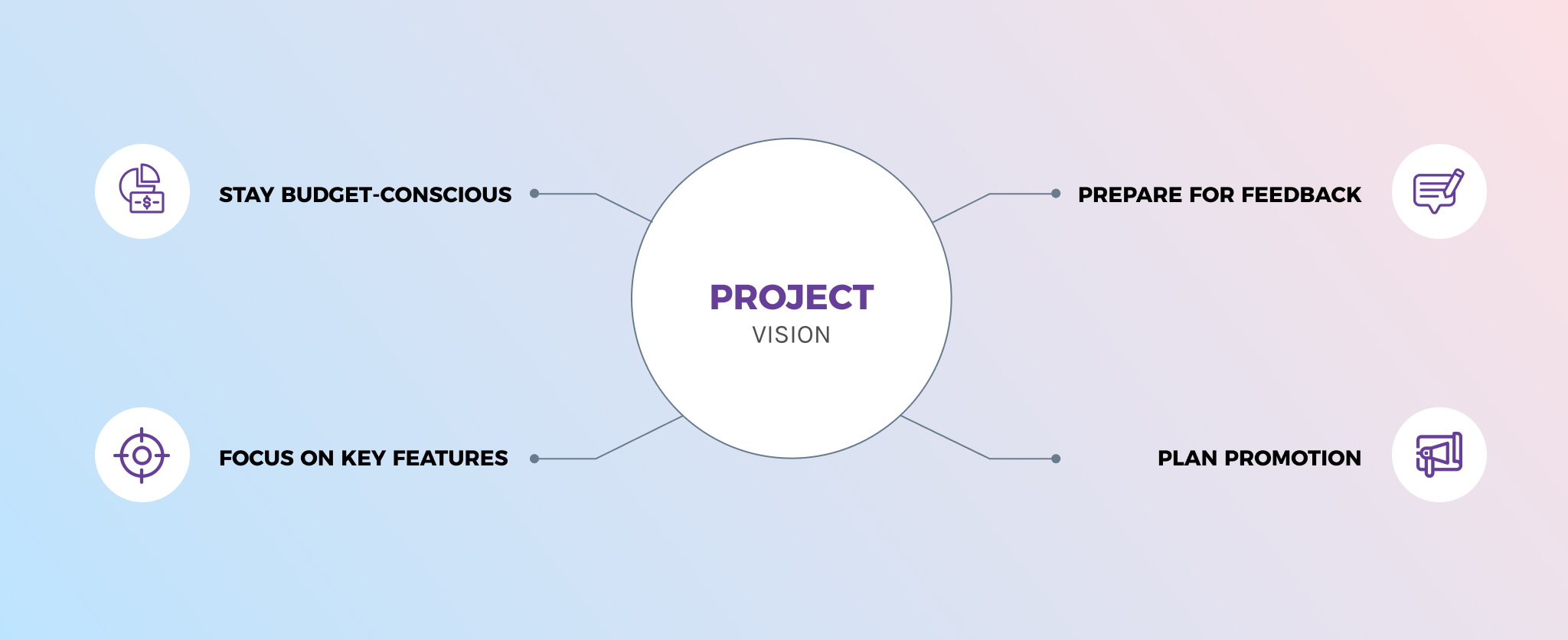
— Stay Budget-Conscious: Develop a strategy to basically use time, effort, and funds efficiently.
— Focus on Key Features: Concentrate resources on the MVP’s core features for a strong foundation.
— Prepare for Feedback: Client feedback & clear communication will further shape your final product.
— Plan Promotion: Use promotional strategies like landing pages & social media to boost MVP’s reach.
Map Out User Flow & Create MVP UX Design
The design process is crucial for MVP development. Hence, app should be designed with convenience in mind, considering the user’s perspective from opening the app to completing the final action, making a purchase or arranging delivery. Finally, defining user flow is essential to ensure nothing is overlooked.
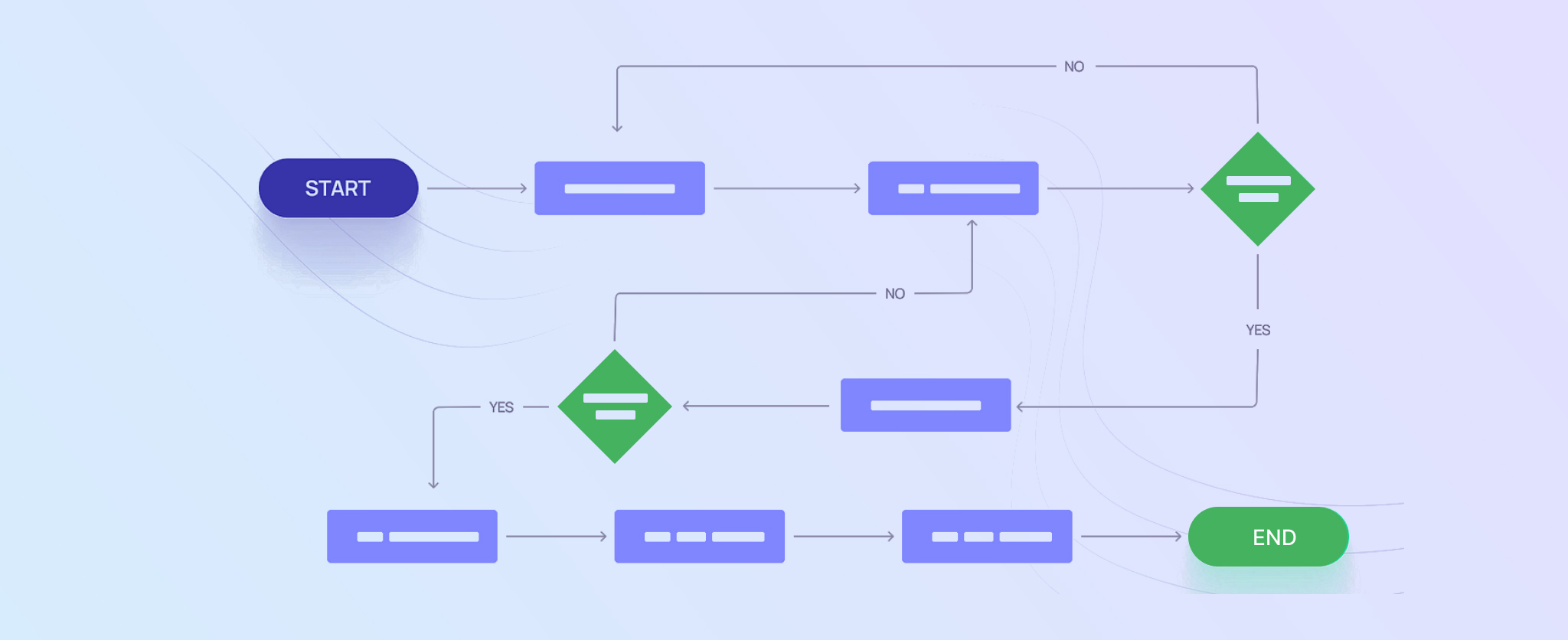
Outline the process stages needed to reach the main objective, focusing on core tasks such as finding & purchasing products or managing and receiving orders. Once each procedure stage is laid out, define the features for each step to create a seamless user experience. This will help deliver a user-centric MVP.
Plan & Distribute Your Work in Milestones
Creating a detailed product development roadmap is altogether crucial for keeping the team organized and aligned. Outline the tasks ahead, break them into milestones, and further assign them to team members. Each step should be chiefly defined with relevant tasks assigned to the appropriate individuals.
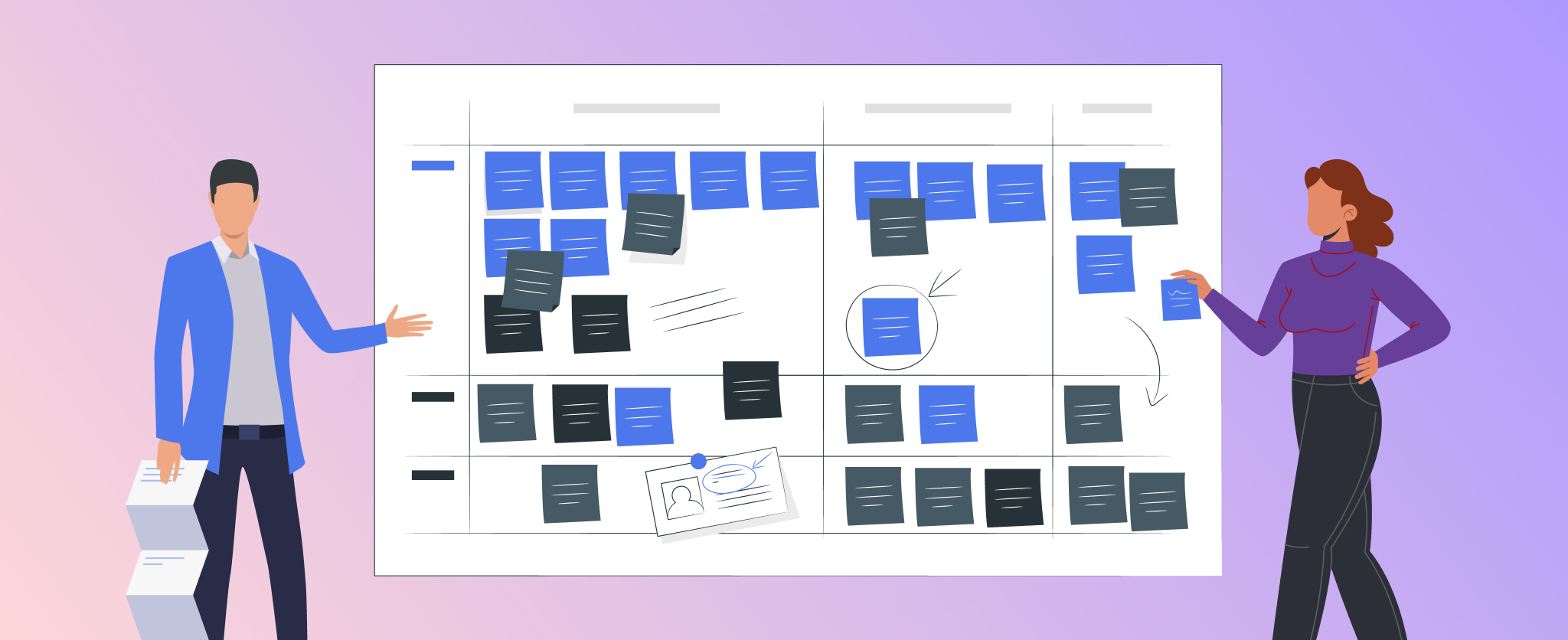
A structured plan basically makes development smoother and allows for dynamic adjustments. Plan out your minimum viable product features & create the plan, assign tasks, and monitor progress effectively. This basically ensures everyone is on the same page and iterations can be easily tracked.
Begin with MVP Development & Testing
After gathering and thoroughly analyzing all relevant information, it’s time to start the MVP development process accordingly. Following are the points to keep in mind:
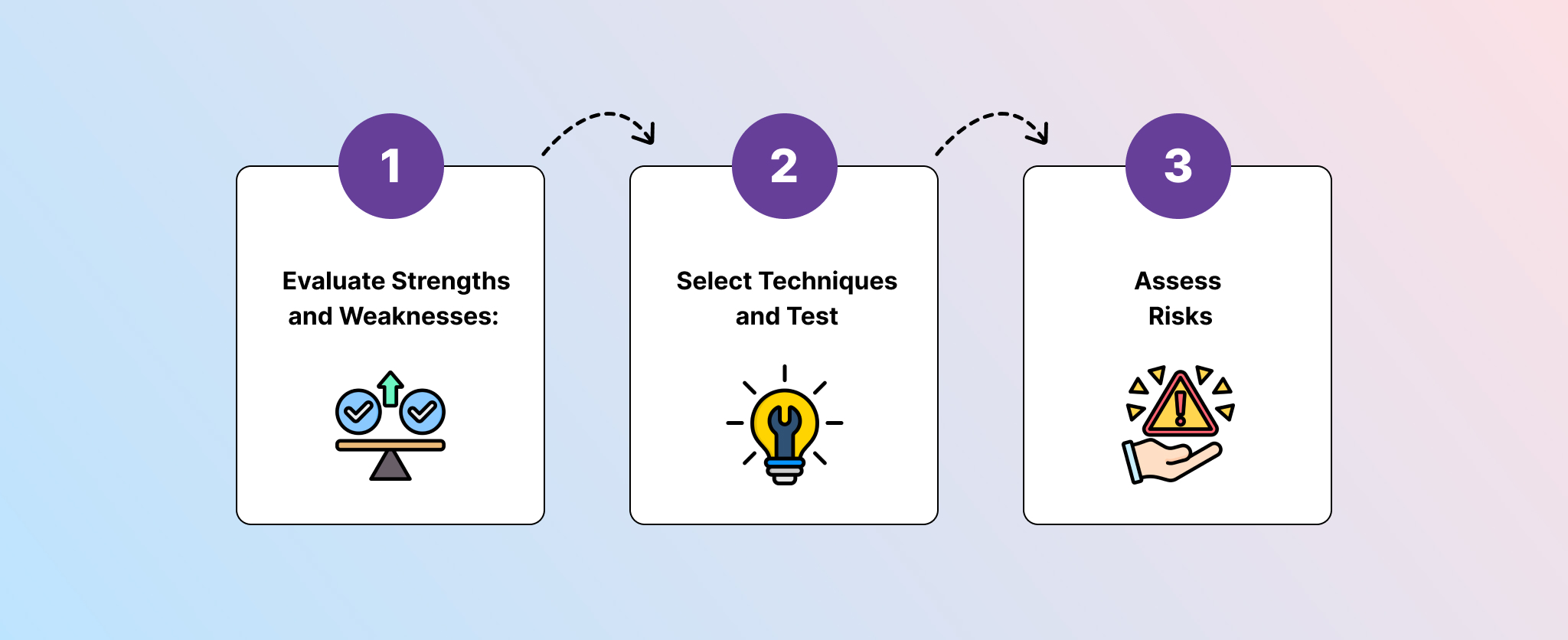
— Evaluate Your Strengths: Identify the strong & weak aspects of your MVP. Find ways to improve them.
— Select Techniques: Choose your management & development approach & proceed with QA testing.
— Assess Risks: Pay attention to both internal and external risks to minimize potential setbacks.
Launch the Minimum Viable Product & Work on User Feedback
After releasing the MVP, it’s also crucial to continue testing and analyzing user reviews. Pay attention to feedback about the interface, usability, features, design, and overall customer experience.

Following are the key questions to consider include:
— Did users basically enjoy the product?
— Also, would they recommend it to others?
— Is it worth the price & What features should further be added or removed?
Finally, focus on recurring issues and use this feedback to improve the product effectively.
Do’s and Don’ts of MVP Development
It’s true that MVP development services are all about testing & running experiments. However, it is important to keep some do’s & dont’s in mind while launching an MVP.
| DO’s | DONT’s |
|---|---|
| Identify the Problem Clearly | Overload with Features |
| Conduct Research | Ignore Market Research |
| Keep it Simple | Delay Launch |
| Build Feedback Loops | Disregard User Feedback |
| Prioritize Scalability | Assume One Size Fits All |
Frequently Asked Questions
An MVP is the simplest version of a product with a basic set of features to gather user insights before launching the actual product. launching an MVP is easy with the given steps by our SAAS development company.
For launching an MVP, we need to prioritize features that directly address the primary problem and align with your unique selling proposition.
The purpose is to validate a product idea with minimal investment, enter the market quickly, gather user feedback, and refine the offering based on input after launching an MVP.
MVP development cost can vary depending on the project’s complexity and the features involved. To know further about MVP development services you can reach out to our SAAS development agency
Building an MVP helps startups validate their idea, save on development costs, enter the market quickly, gather user feedback, and attract investors with a clear proof of concept.
Our Final Words
Creating a Minimum Viable Product (MVP) is a strategic step for businesses looking to test their product concept, reduce development costs, and gather valuable user feedback before launching a fully-fledged product.
If you wish to build an effective MVP and bring your product vision to life, contact us today. Our experienced SAAS development company will work closely with you to build a minimum viable product that resonates with your audience and drives business growth.
Stay Tuned for Latest Updates
Fill out the form to subscribe to our newsletter



